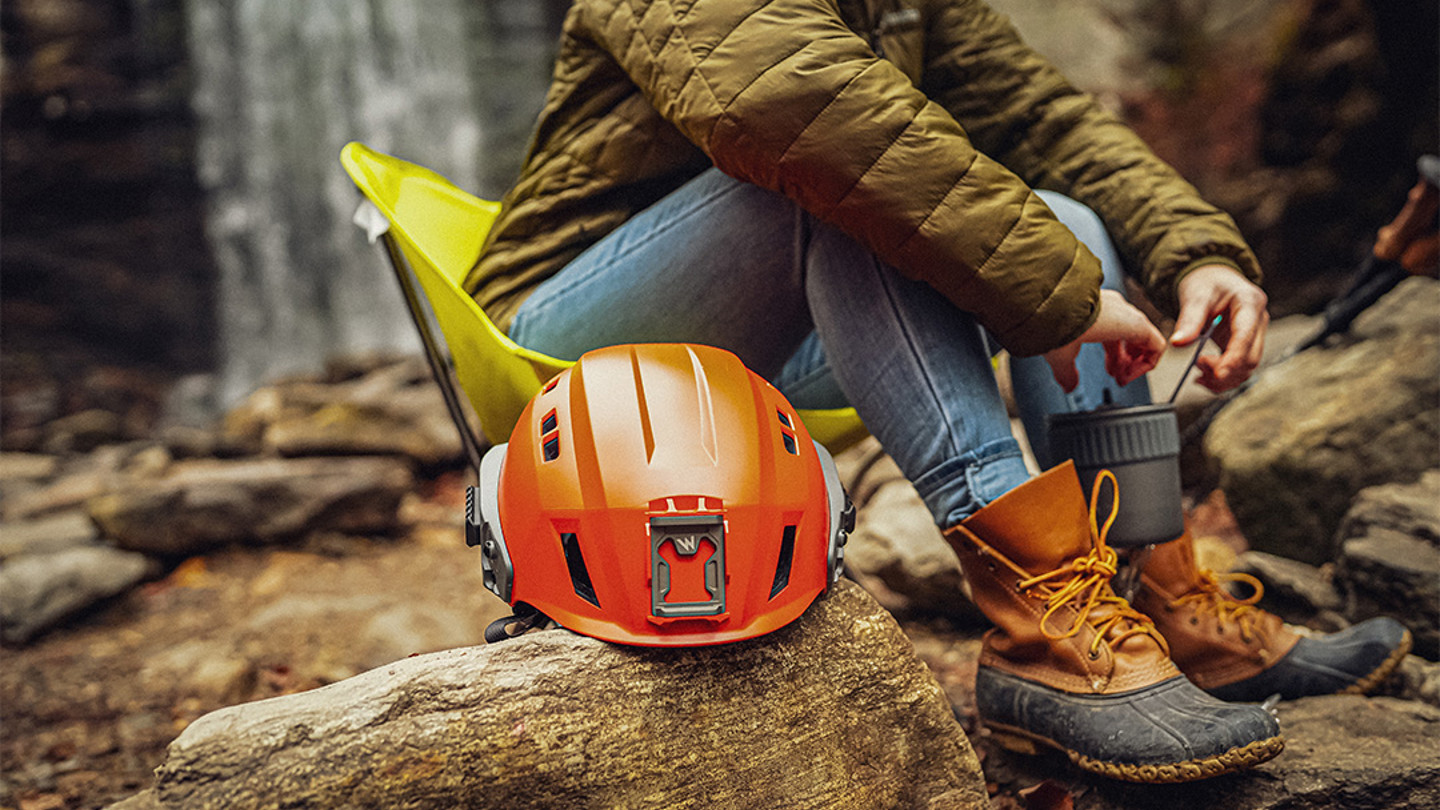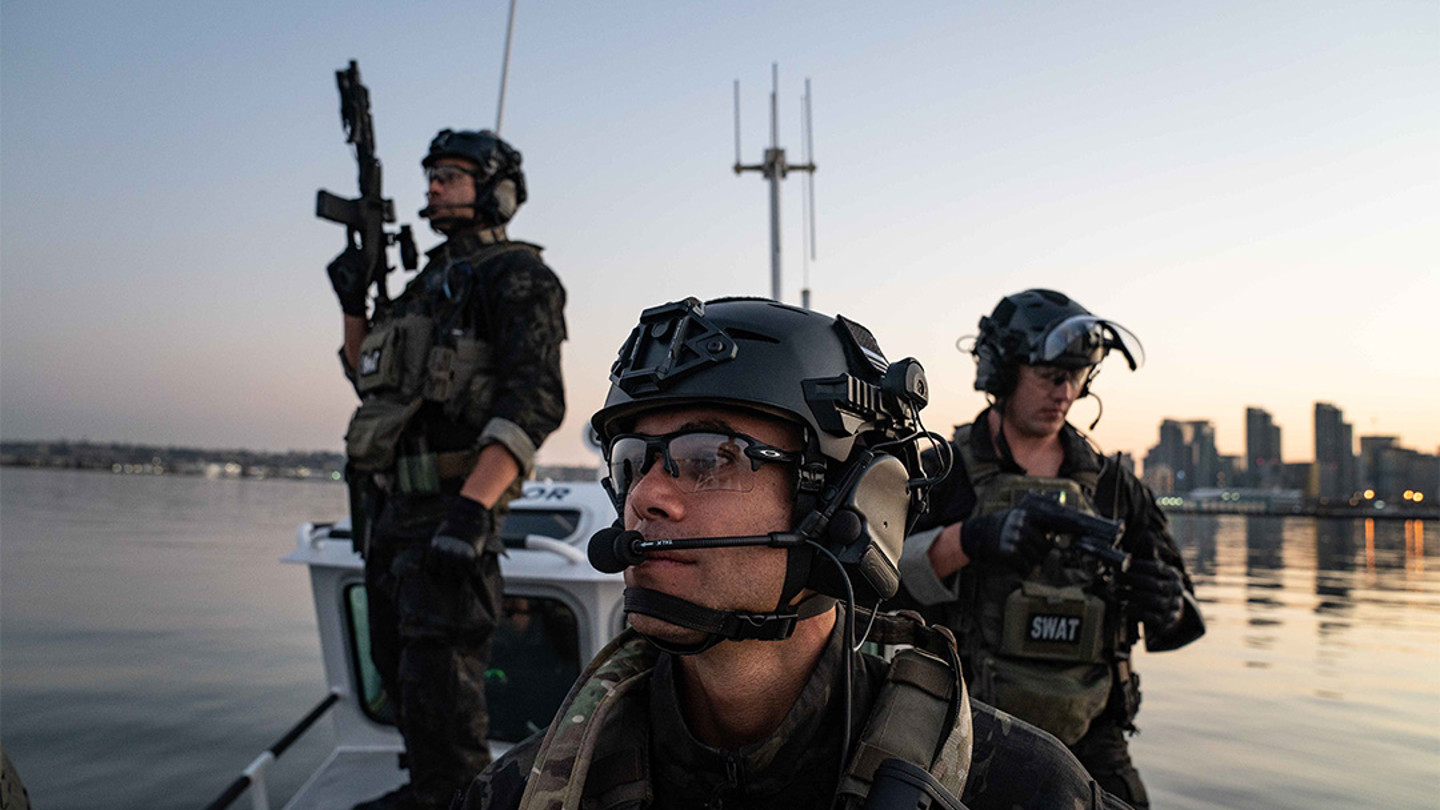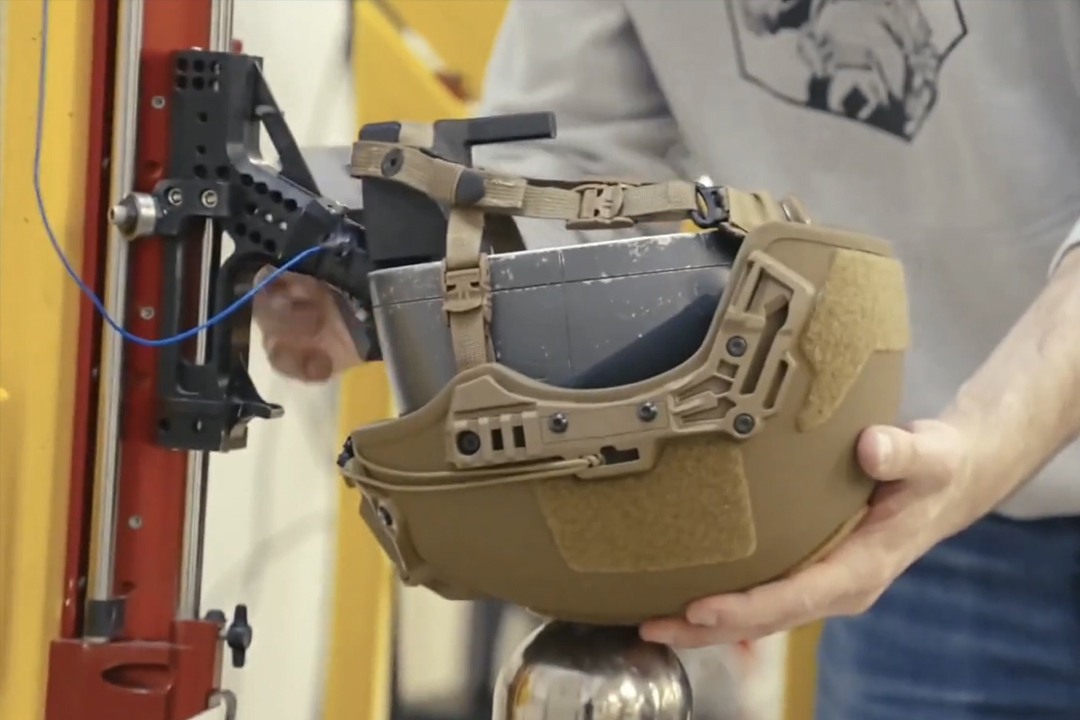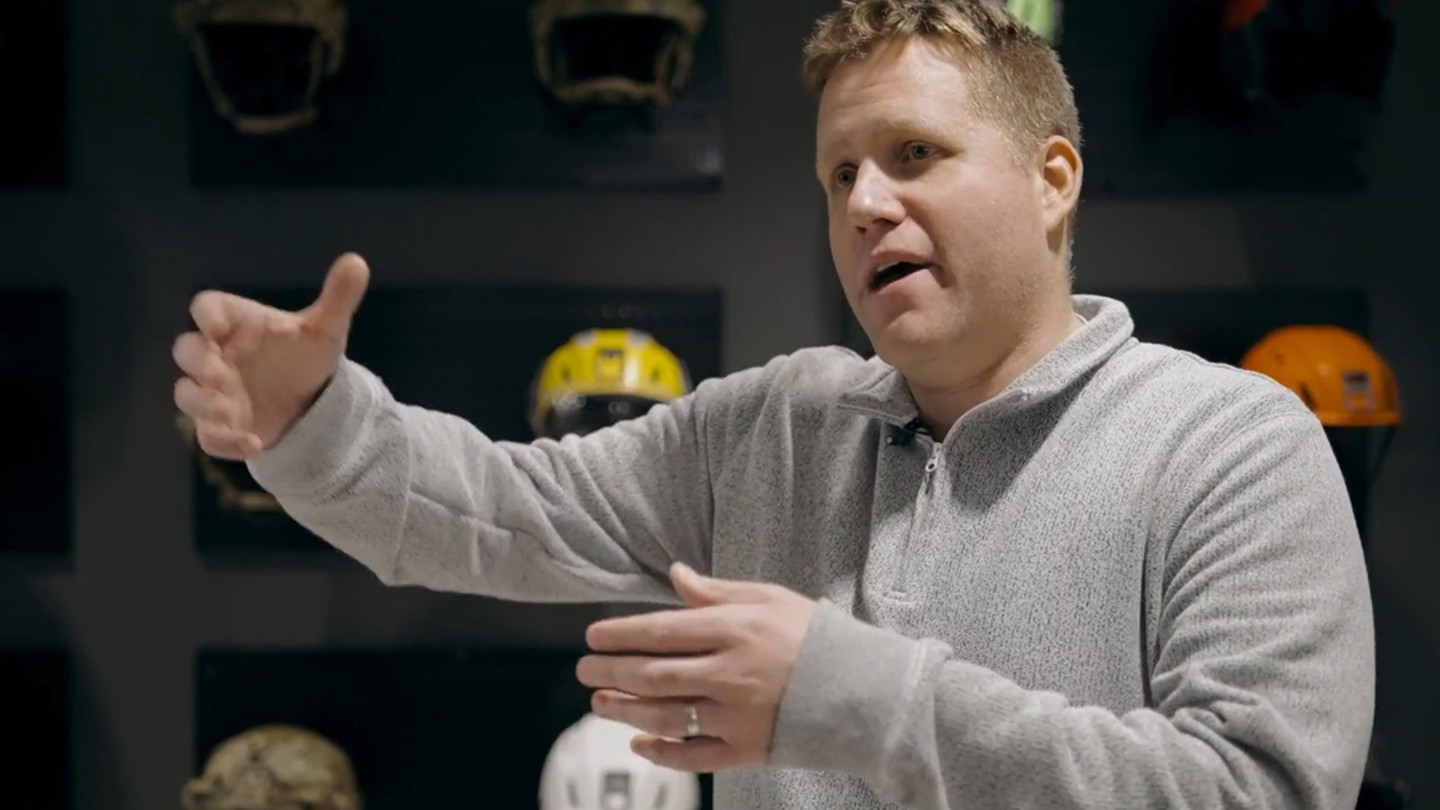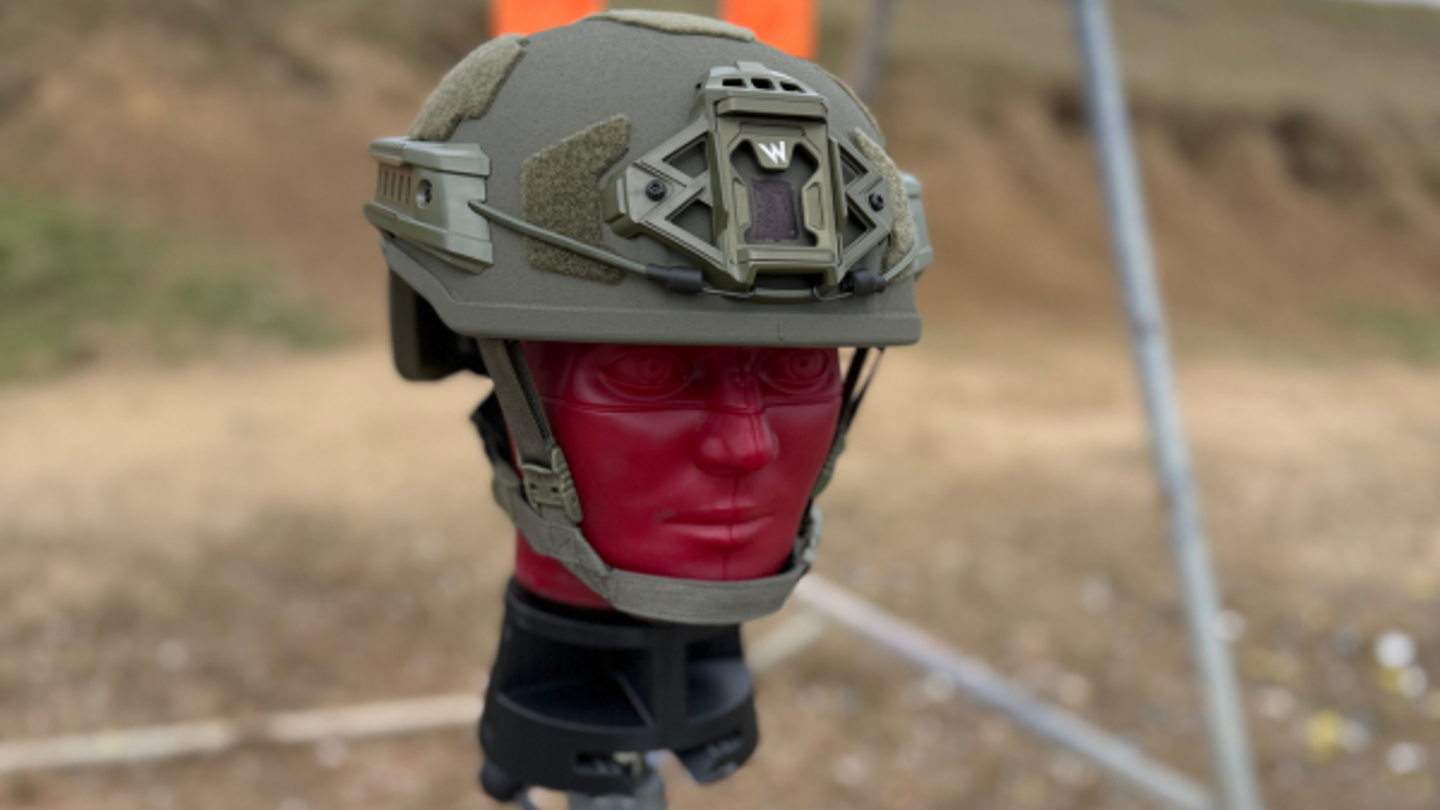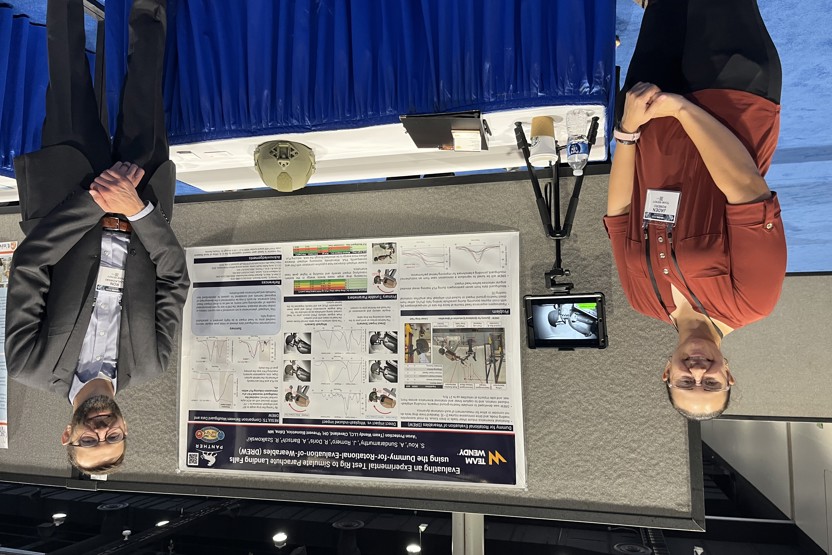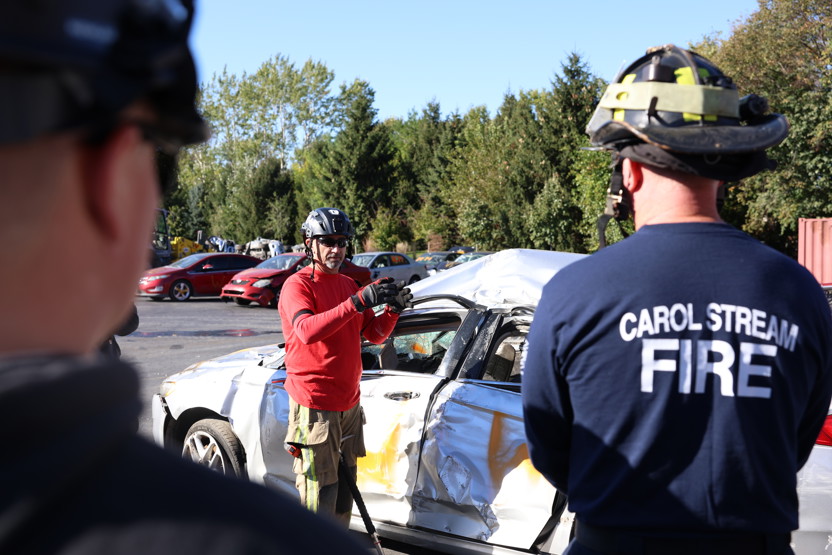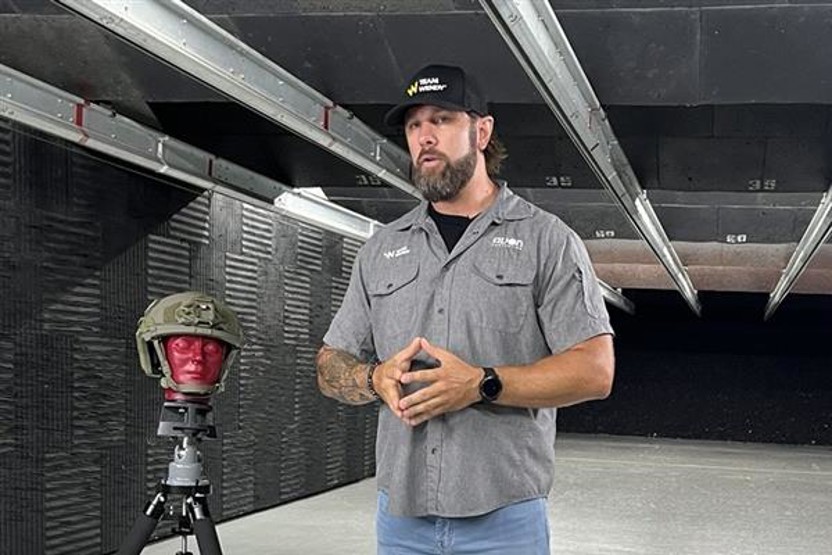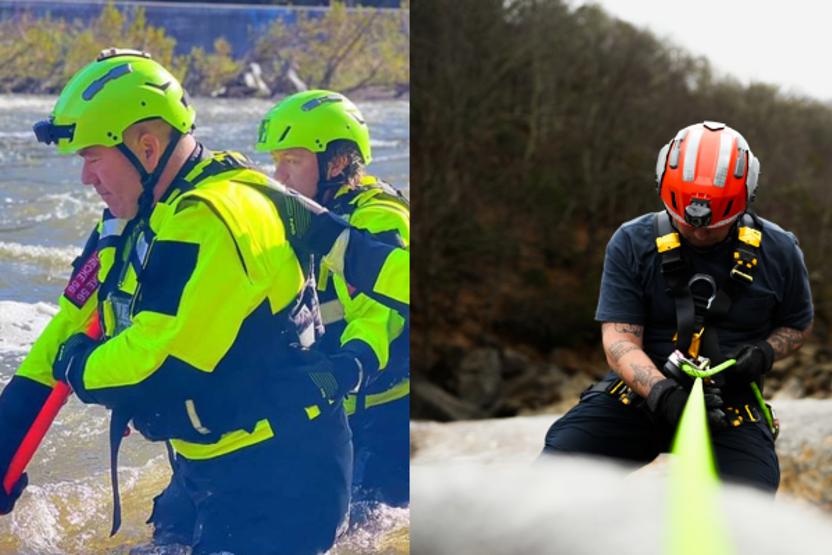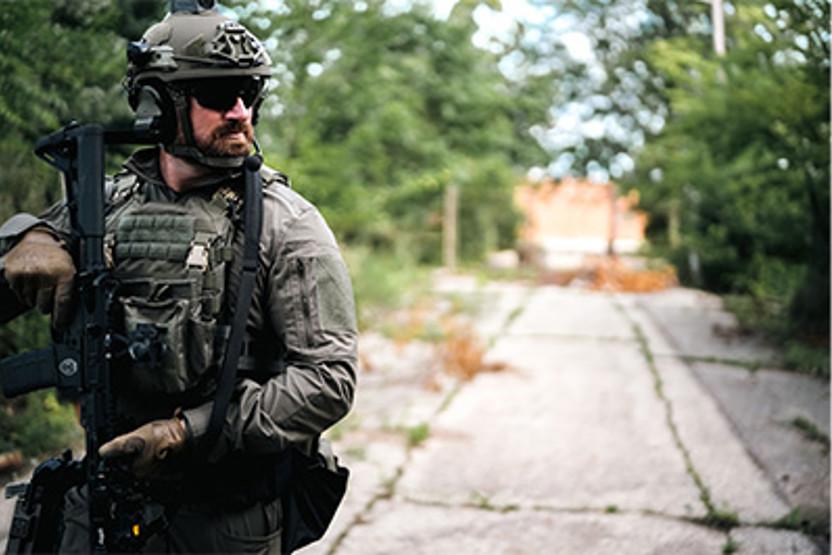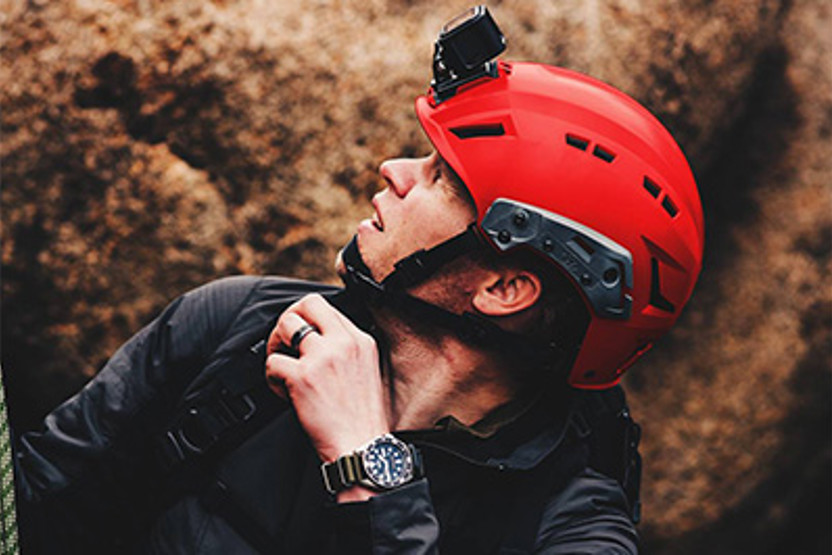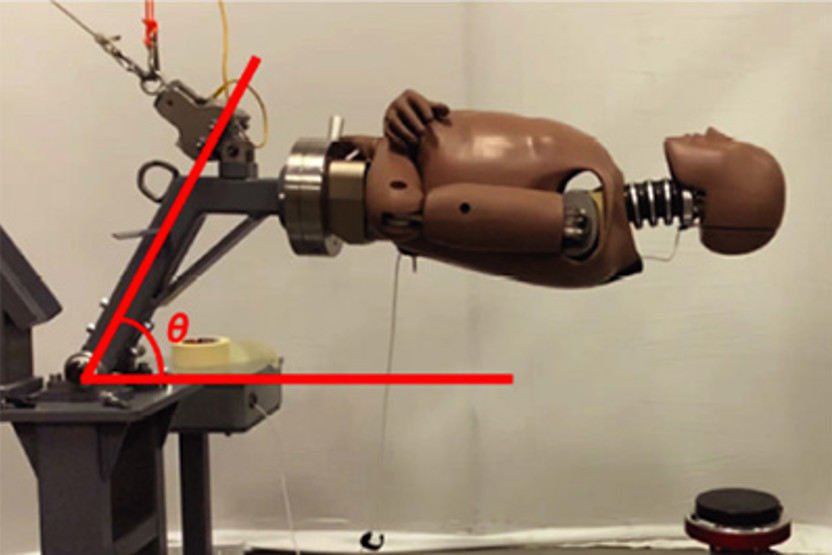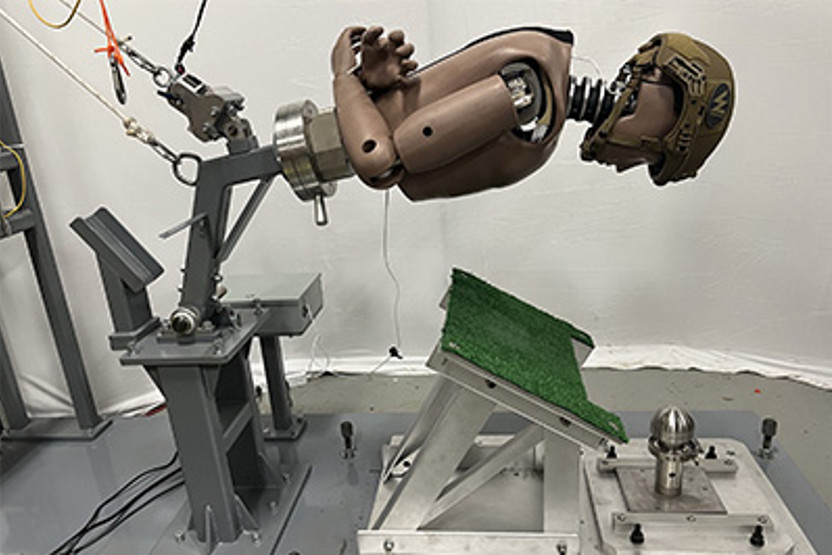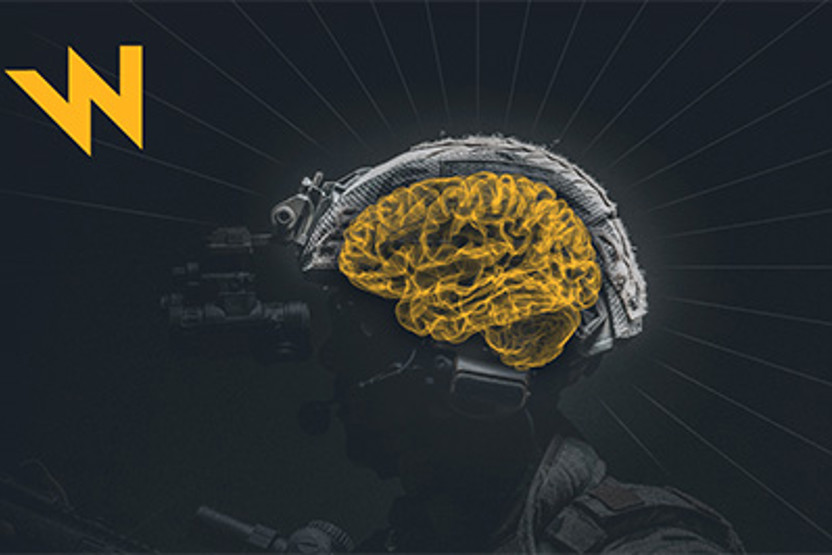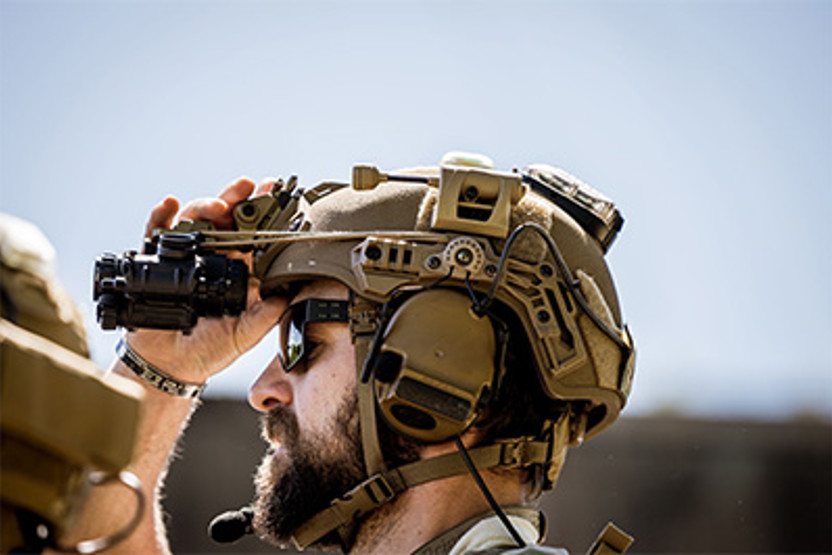Why We Use the NOCSAE Head Form: Real-World Helmet Evaluations Backed by Science
When it comes to helmet evaluations, realism matters. That’s why at our Headstrong™ Helmet Shoots, we go beyond traditional methods to demonstrate how helmets perform in real-world conditions. Central to this approach is our use of the NOCSAE head form—a scientifically validated surrogate that closely mimics the human head.
What Makes the NOCSAE Head Form Different?
Unlike rigid or clay-based head forms, the NOCSAE (National Operating Committee on Standards for Athletic Equipment) head form is designed to replicate the biomechanics of a human head. It features:
- A plastic skull structure
- Polyurethane flesh-like material
- A glycerin bladder that simulates brain response to impact
This head form is widely used by organizations like the NFL and Virginia Tech in their helmet safety evaluations. It’s not just a testing tool—it’s a benchmark for biofidelic accuracy.
Our Rules of Engagement: Real-World Testing, Real-World Results
At Headstrong™ Helmet Shoots, we follow a strict set of protocols to ensure our testing is both safe and representative:
- Use of the NOCSAE Head Form
- We shoot helmets on the most biofidelic head form available to simulate how a human head and the helmet would respond to ballistic impact.
- Comprehensive Impact Zones
- Helmets are shot in the front, left, right, top, and back to demonstrate consistent performance across all critical areas.
- Varied Ammunition
- We use a range of rounds to show how helmets perform under different velocities and impact energies, from lower-speed threats to high-velocity impacts.
- Strict Safety Protocols
- Every shoot is conducted under controlled conditions with full adherence to live-fire safety standards.
